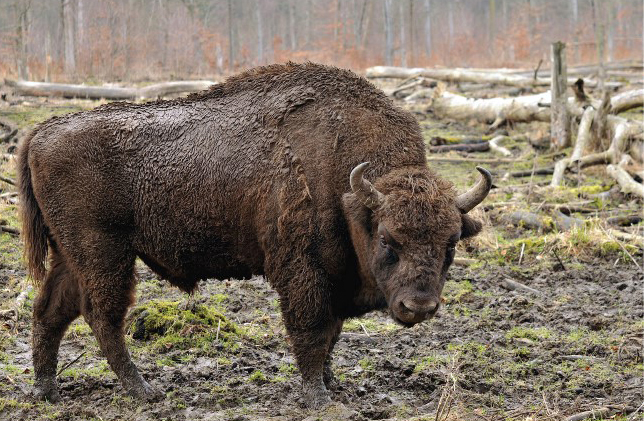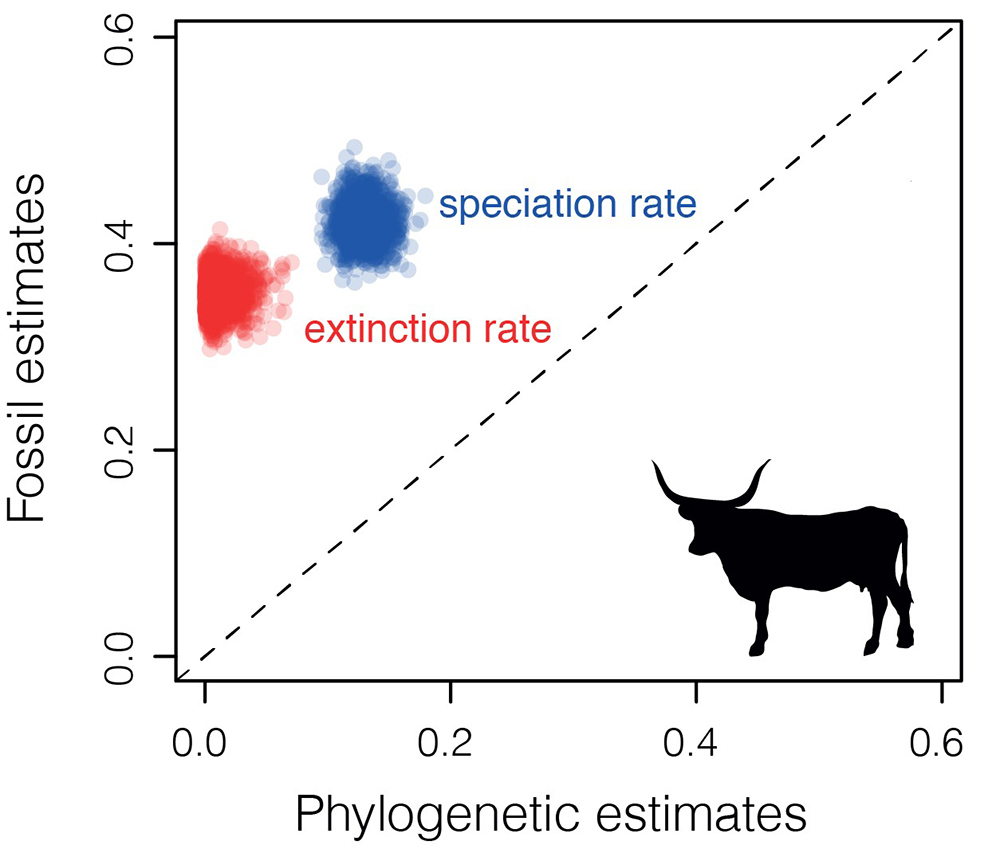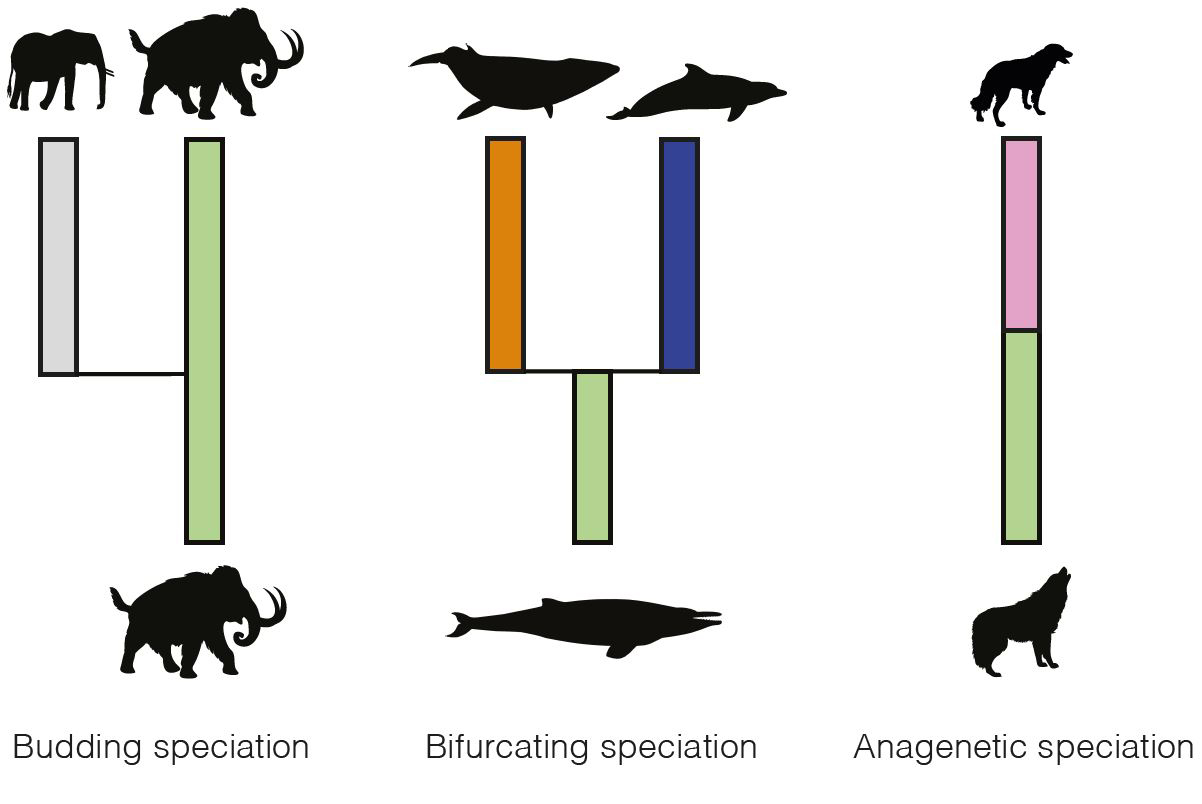- Home
- News and events
- Find news
- New model gives a more consistent estimates of species origination and extinction
New model gives a more consistent estimates of species origination and extinction

There are several million species on Earth today. And in addition, many species have died in the course of history. There are two methods of analyzing how species originate and go extinct from a historical perspective, through fossils or using DNA of now living species to reconstruct their phylogenetic relationships, a family tree of the species. But the methods give different results. Now a model has been created to overcome the gap.
Understanding the origin of all biodiversity is a major challenge in the evolutionary biology. Biologists and paleontologists who study fossil animals and plants try to understand how, and what speed, new species occur and disappear.
"In general, paleontologists tend to estimate much higher levels of extinction than biologists of the extant species from the same group" said researcher Daniele Silvestro, author of the article published in Nature Communications.
The methods give contradictory results
Paleontologists study species evolution using fossils. The distribution of fossil species over time gives information about the changes in biodiversity that have occurred. Biologists investigate evolutionary lines using DNA from living species to determine their phylogenetic relationships. By studying phylogentic trees, biologists can estimate the rates at which new species originated in the past and went extinct.
 - But the results of the two analyses often give conflicting results. For example, if we look at the evolutionary history of the mammal group of bovids, which contains bison, buffalo and goats, we find that species origination and extinction rates from fossil analysis and DNA analysis differ (see Figure 1).
- But the results of the two analyses often give conflicting results. For example, if we look at the evolutionary history of the mammal group of bovids, which contains bison, buffalo and goats, we find that species origination and extinction rates from fossil analysis and DNA analysis differ (see Figure 1).
Researchers have pointed to the risk of drawing premature conclusions of the respective analytical methods.
"Therefore, my research colleagues and I took one step back and asked: do we make the same assumptions when we analyze fossils and phylogenetic trees? The answer is no.”
New Model Bridge
When paleontologists analyze fossils, they get information about when the species lived while DNA analyzes provide evidence that a new species has occurred and disappeared, but the analysis says nothing about how the species was developed or extinct.
 - There are different modes through which new species can emerge. Through what we call budding speciation, a species gives rise to a new one and survives unchanged after that (Fig. 2). By bifurcating speciation, a species gives rise to two new ones and goes extinct in the process. Finally, with anagenetic speciation, a species gives rise to a new species and disappears. However, phylogentic models can only detect budding speciation.
- There are different modes through which new species can emerge. Through what we call budding speciation, a species gives rise to a new one and survives unchanged after that (Fig. 2). By bifurcating speciation, a species gives rise to two new ones and goes extinct in the process. Finally, with anagenetic speciation, a species gives rise to a new species and disappears. However, phylogentic models can only detect budding speciation.
Based on our observations, it becomes clear that fossil-based estimates differ from phylogenetic analysis in the way the count the number of speciation and extinction events.
In the new study, researchers therefore present a new model that can link the two analyses to produce more consistent conclusions.
 "We have analyzed both fossil and DNA data for a variety of animal and plant groups and show that using our new model we can overcome the conflict between the analytical methods and provide additional information that had previously been hidden.”
"We have analyzed both fossil and DNA data for a variety of animal and plant groups and show that using our new model we can overcome the conflict between the analytical methods and provide additional information that had previously been hidden.”
Article Name: Closing the gap between palaeontological and neontological speciation and extinction rate estimates
Link to article: https://www.nature.com/articles/s41467-018-07622-y
Contact:
Daniele Silvestro, institutionen för biologi och miljövetenskap, Göteborgs universitet, mobil: 076-890 14 36, e-post: daniele.silvestro@bioenv.gu.se
Photo:
The modern European bison.
Daniele Silvestro.
Fig. 1. Phylogenetic estimates of speciation (blue) and extinction (red) rates for bovids plotted against the respective fossil estimates. On the right a fossil skull of the extinct steppe bison (photo by M. Silvestro) and the modern European bison (CC BY 3.0, https://en.wikipedia.org/wiki/European_bison#/media/File:Bison_bonasus_(Linnaeus_1758).jpg)
Fig. 2 Hypothetical examples illustrating the three speciation modes considered in our model. Silhouettes from phylopic.org and svgsilh.com (public domain).